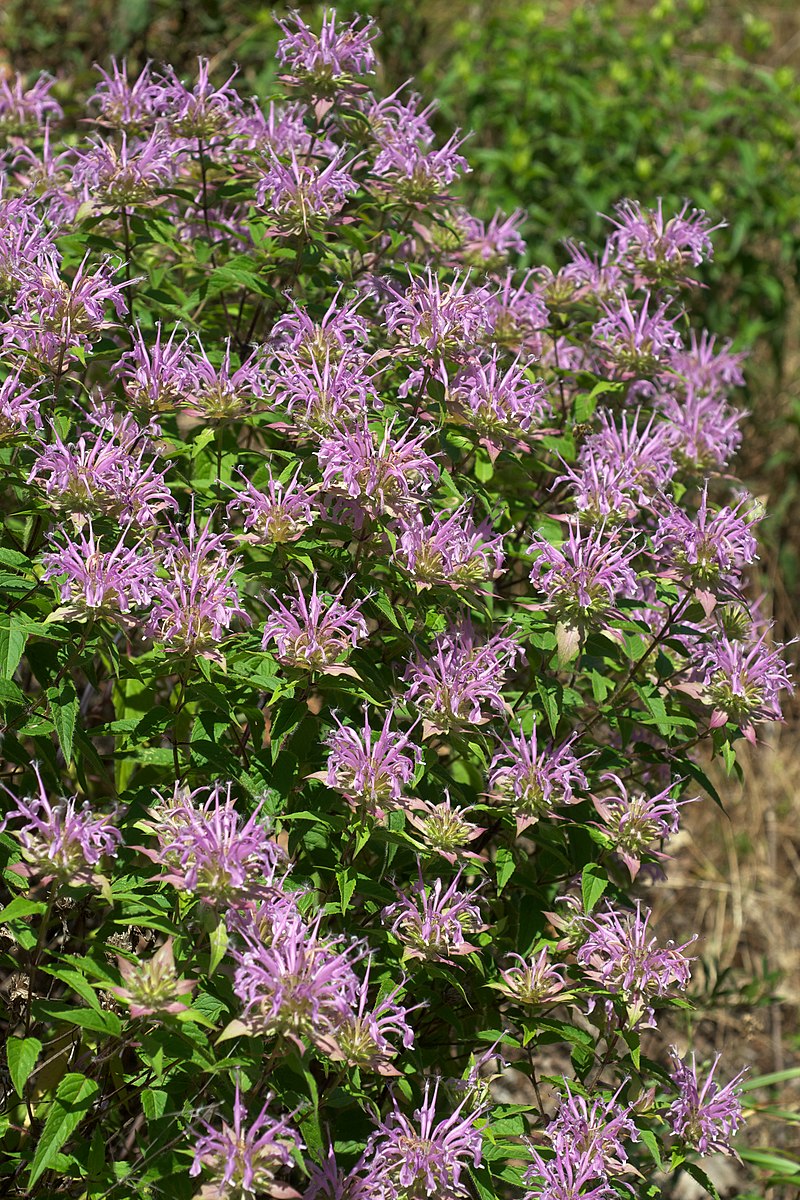Monardo fistulosa, better known as wild bergamot or bee balm, is a wildflower belonging to the mint family. This perennial can be found throughout much of North America in thickets, clearings, and dry fields. Wild bergamot can easily be identified by its summer-blooming flowers that typically range from pink to lavender (though they can also be white). These flowers produce a strong fragrance (as well as a potent taste when used in teas).
When fully grown, wild bergamot typically stands about 3ft tall.
Wild bergamot is known for its medicinal properties, especially among Native Americans. Even today, many tribes use it to treat colds and flus. It’s often made into teas, which can help fight cavities, gingivitis, and throat infections due to the plant’s antiseptic properties. Wild bergamot is also used to treat minor wounds and skin conditions.
Essential oils made from wild bergamot are used for a variety of purposes as well.
Establishing Wild Bergamot in CRP

Due to its prevalence and vibrant flowers, wild bergamot is a popular choice for CRP, especially when establishing pollinator habitat. The plant is known to draw a variety of pollinators including bees, moths, hummingbirds, and more due to its color and fragrance. This makes wild bergamot very effective at promoting pollinator diversity.
Wild bergamot typically flowers between June and September. When selecting a seed mix containing wild bergamot, it’s important to select at least two other colors for its bloom period to maximize diversity.
If you’re looking for a CRP mix with wild bergamot, All Native Seed can help. We’ve spent the past 17 years testing and perfecting our seed mixes to improve quality, purity, and germination rates. In addition to providing our own proprietary seed mixes, we can put together a quote for seed plans created by NRCS.
If you’re not yet enrolled in CRP, and you don’t know where to start, our parent company can help. FDCE provides full-service CRP solutions that take care of seed selection, establishment, herbicide application, documentation, and report submission to FSA. Thanks to CRP’s cost-share reimbursement, their services practically pay for themselves.
